Many places do everything they can to attract tourists , but other destinations struggle to find ways to prevent people from visiting too much.
The fact that famous destinations are facing tourist overload and trying to find ways to prevent visitors from coming is likened by tourism experts to "the rich also cry".
The rise of low-cost airlines, short-term home rentals and cruise ships are among the reasons many popular destinations are overcrowded, says Lionel Saul, a visiting lecturer at EHL Hotel Business School Switzerland.
Social media, KOLs (key opinion leaders), movies and TV shows are also factors because they bring a lot of people to the same place, said Tatyana Tsukanova, another expert in Switzerland. "They come, take a nice photo to post online, increase the popularity of the destination and leave," said Tsukanova.
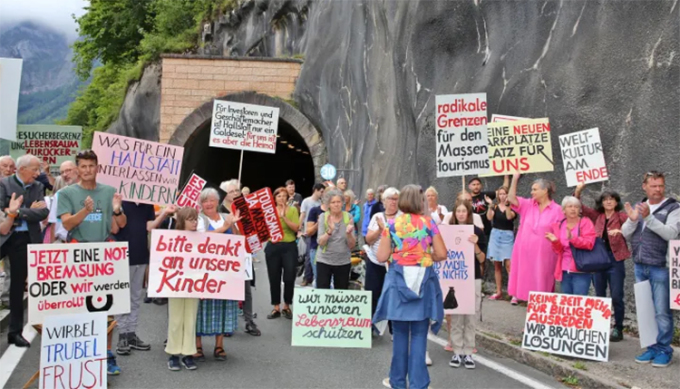
Villagers of Hallstatt protested in August against overtourism. Photo: AFP
The United Nations estimates the world's population will reach 8.5 billion by 2030. An additional 50 million international visitors are expected each year, mostly from Asia, according to the World Tourism Organization (UNWTO).
To avoid overcrowding, many destinations are trying to limit the number of visitors. The Austrian village of Hallstatt has 800 residents but receives one million visitors a year. Authorities built fences earlier this year to block visitors from some of its most famous sights, but they were later demolished after a public backlash.
Tourist paradises around the world are also looking to limit the number of visitors each day, such as Machu Picchu Peru, Acropolis Greece, Borobudur Indonesia.
Among them, Amsterdam is considered by many to be the "most aggressive" with tourists and is considered a "pioneer city in fighting overcrowding". The government has restricted buses, tourist shops, new hotel openings and Airbnb rentals. The city is also considering banning cruise ships and moving the famous red light district out of the center.
The Dutch capital launched a tourism campaign in May, telling visitors to "stay away" if they come here just to party or use drugs.
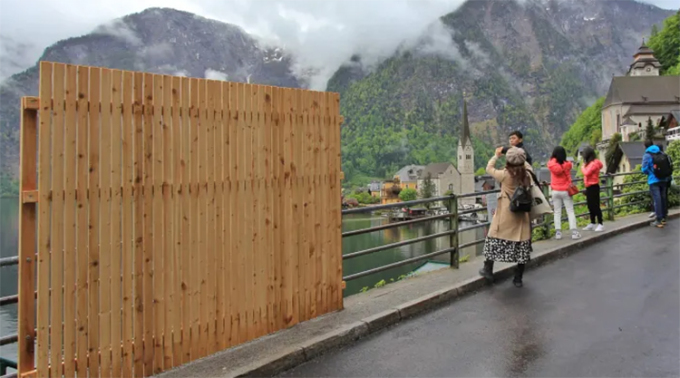
Hallstatt erected barriers to prevent visitors from accessing some of the village's most scenic areas as a measure to combat overcrowding. But the barriers were removed after public outcry. Photo: AFP
Other places are targeting tourists’ wallets with fines for bad behavior. Venice, Italy, fines visitors for swimming in its canals, walking around in swimsuits, and sitting on the ground eating. The government is also testing a new policy starting in early 2024: a $5 fee for visitors who come and leave the same day. The fee will be collected during peak tourist days.
Valencia, Spain, Manchester, England, Thailand, and Iceland are also preparing to impose a new tourist tax on visitors. Bali will also tax tourists $10 from February 2024.
Tsukanova said economic restrictions are only “half the answer.” Many studies have shown that fines do not prevent overtourism. Instead, local governments need to work with businesses and residents.
UNWTO Secretary-General Zurab Pololikashvili said the key to overcoming overtourism lies with tourists. “It’s about managing the flow of visitors,” he said.
To combat overcrowding without losing out on visitors, many countries are luring visitors to less-known destinations. Japanese tourism officials are pushing tourists to visit rural areas of the country instead of well-known destinations.
Darrell Wade, co-founder of Australian travel company Intrepid Travel, said tourism needed to “evolve and regenerate.” Wade pointed out that one of the problems with tourism today is that it is the opposite of regeneration, and is largely exploitative. Wade is working on a hotel business model that is regenerative, with visitors coming to visit and helping the communities they visit. “Guests don’t just come and go,” he said.
Wade points out that tourists can work with locals to restore coral reefs, plant trees, and choose to stay in small hotels and local restaurants, instead of flocking to high-end hotels and fancy restaurants.
Tsukanova said tourists also need to change their mindset. “Our big challenge is to educate people to travel differently,” rather than the virtual arrival and departure that is happening today, Tsukanova said.
Anh Minh (According to CNBC )
Source link


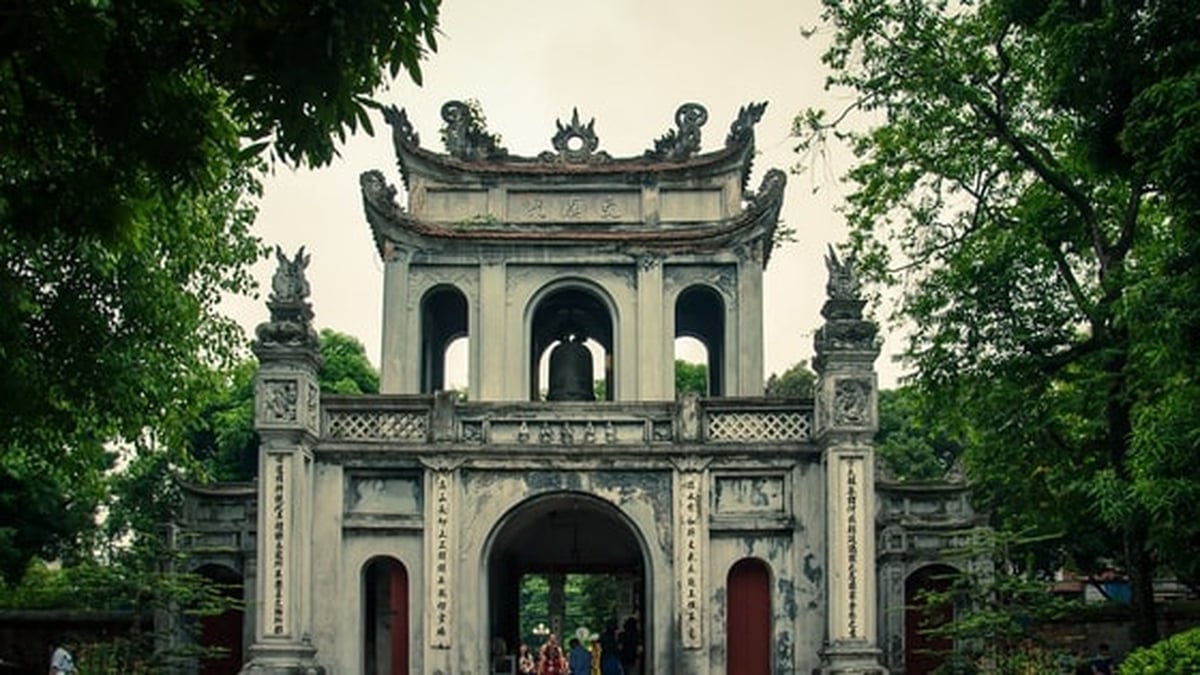


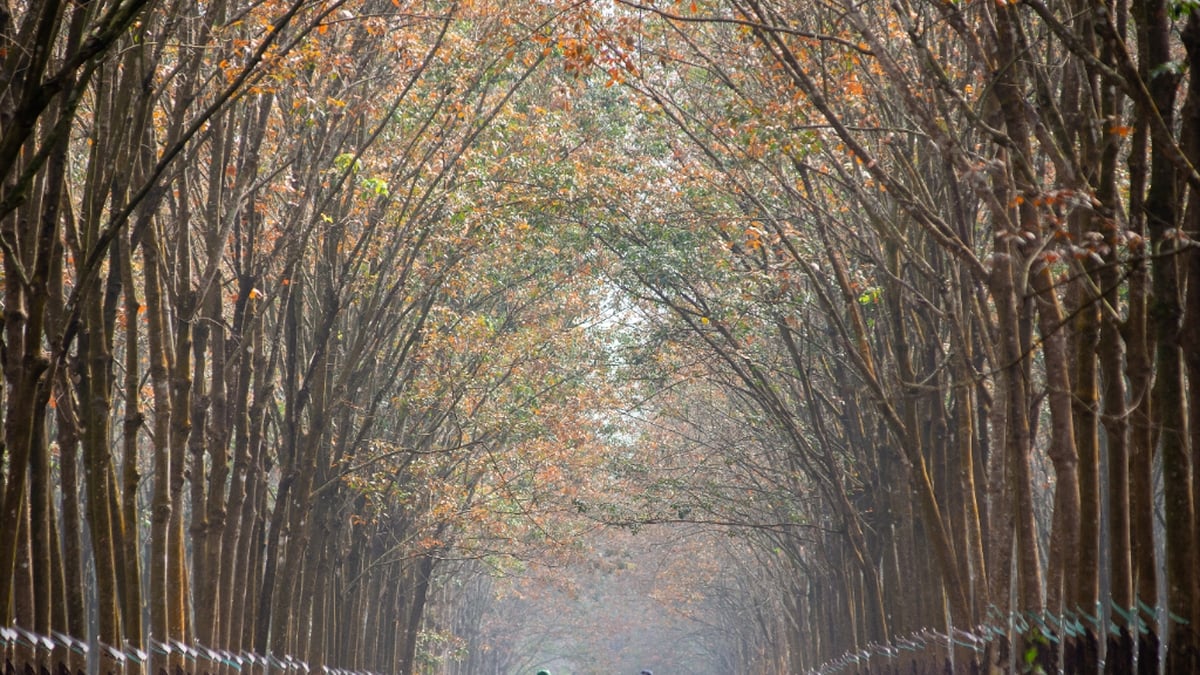


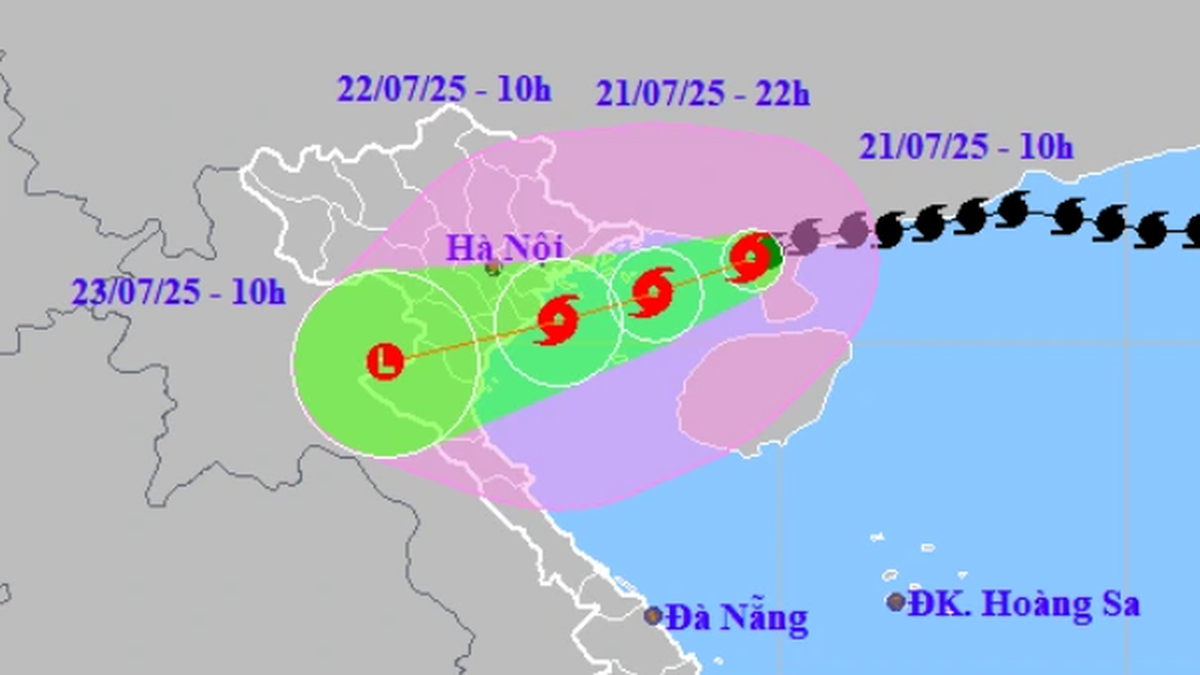


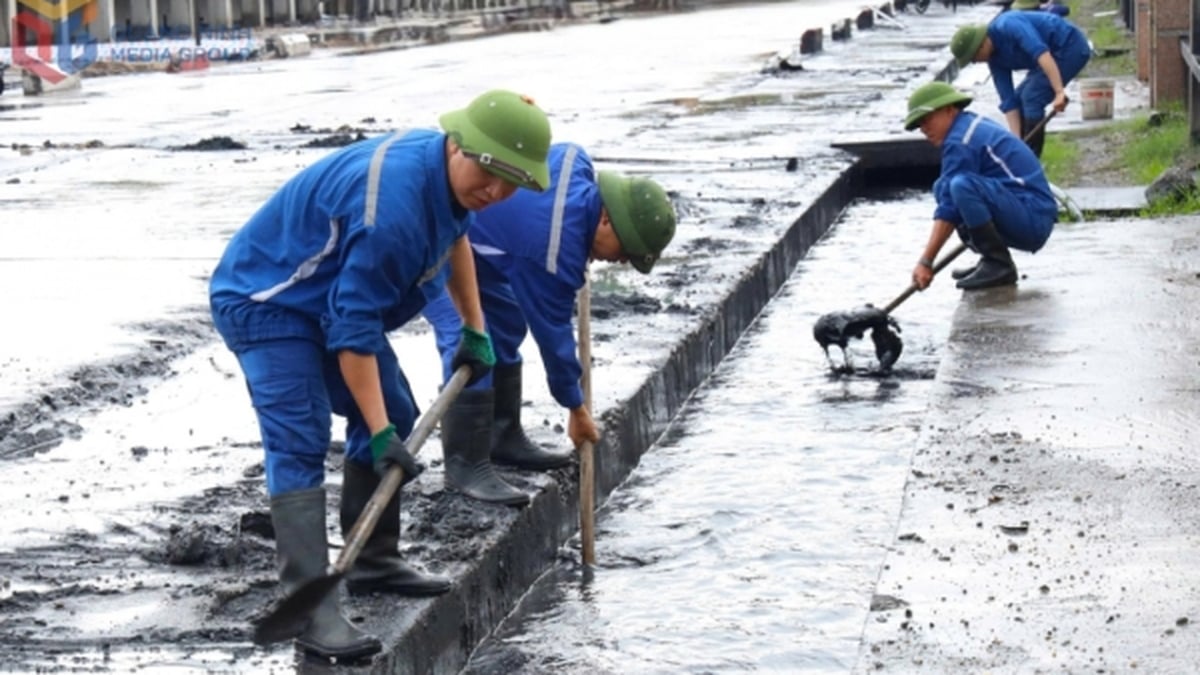













![[Photo] National Assembly Chairman Tran Thanh Man visits Vietnamese Heroic Mother Ta Thi Tran](https://vphoto.vietnam.vn/thumb/1200x675/vietnam/resource/IMAGE/2025/7/20/765c0bd057dd44ad83ab89fe0255b783)






































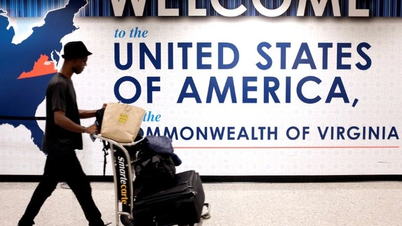




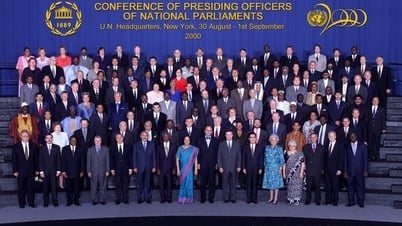
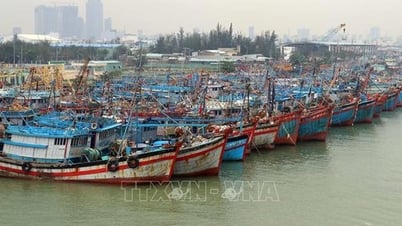

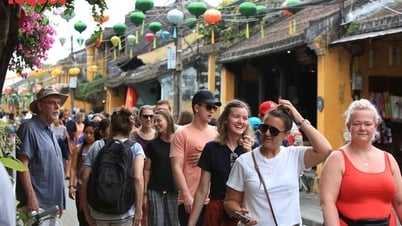
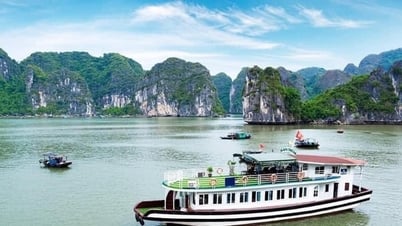



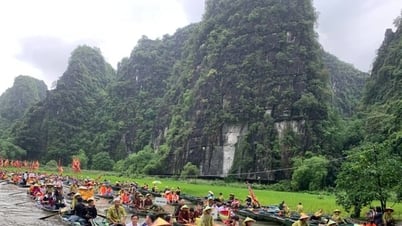





















Comment (0)